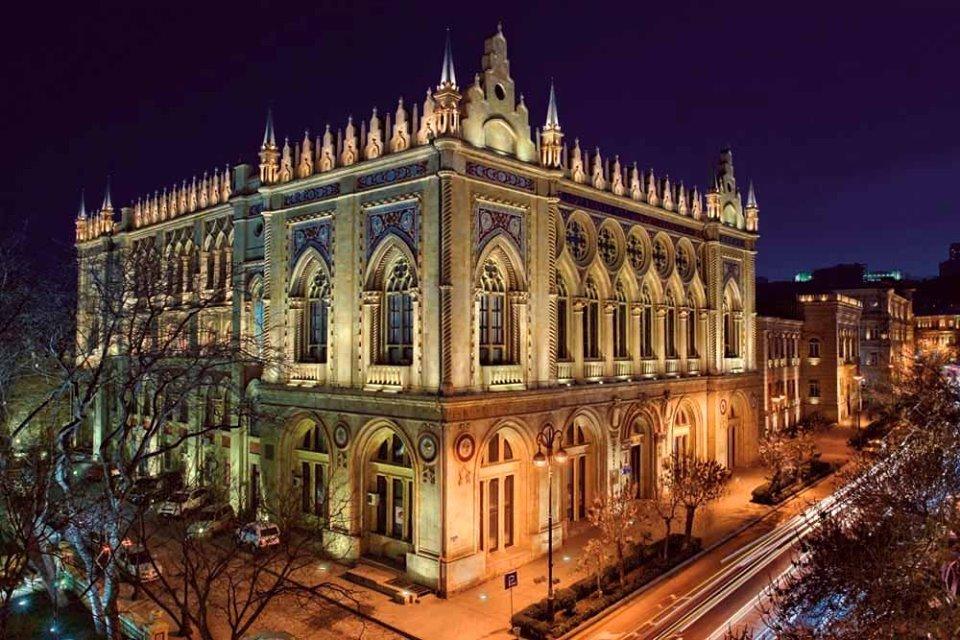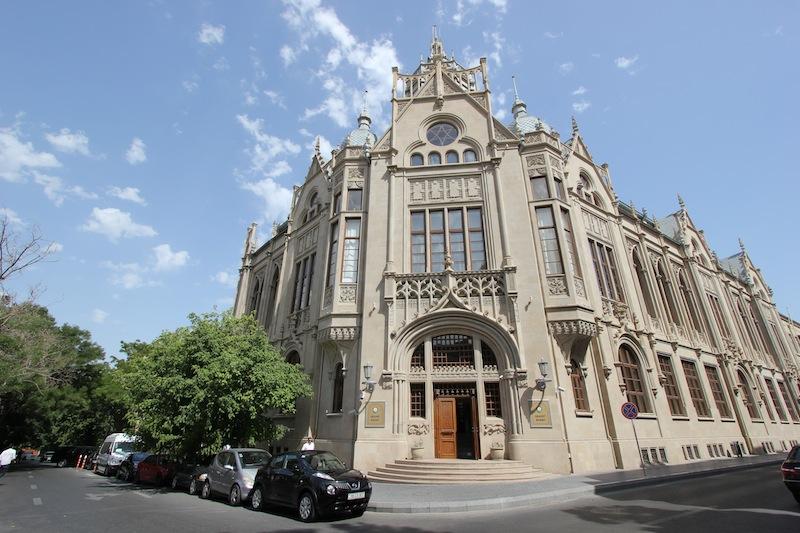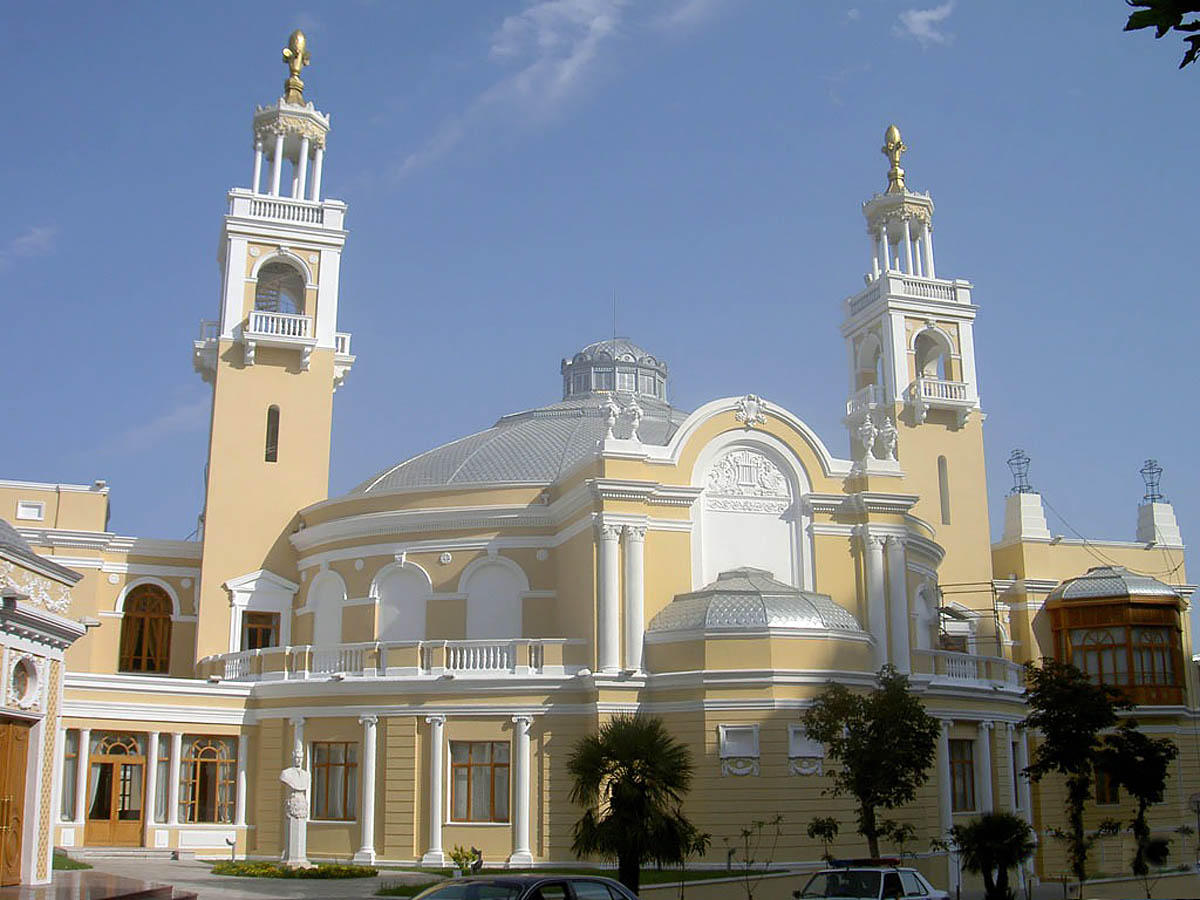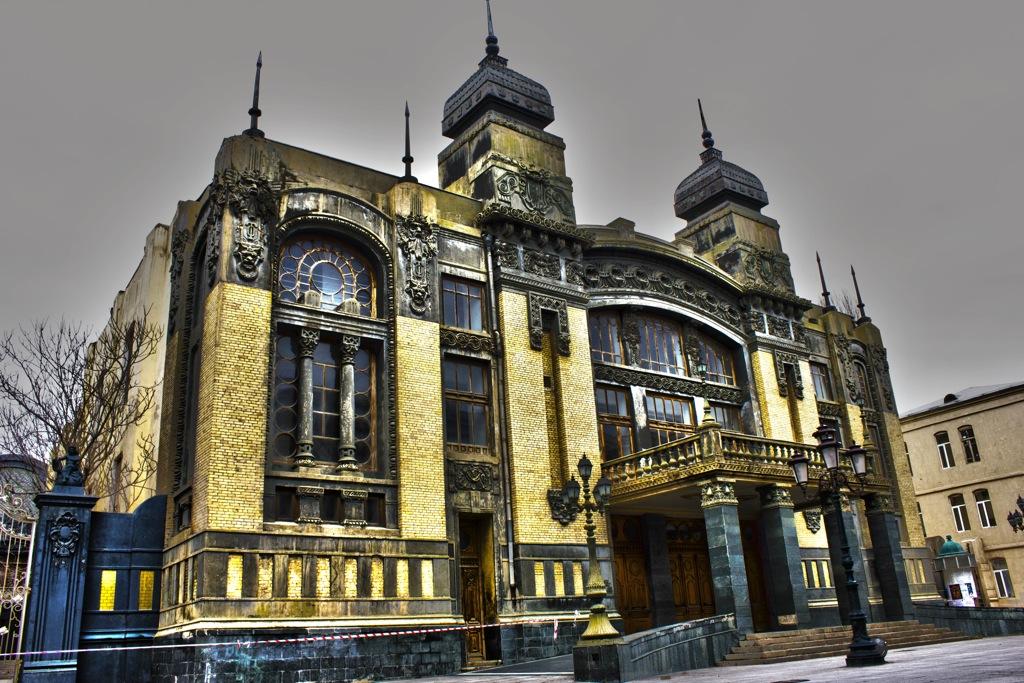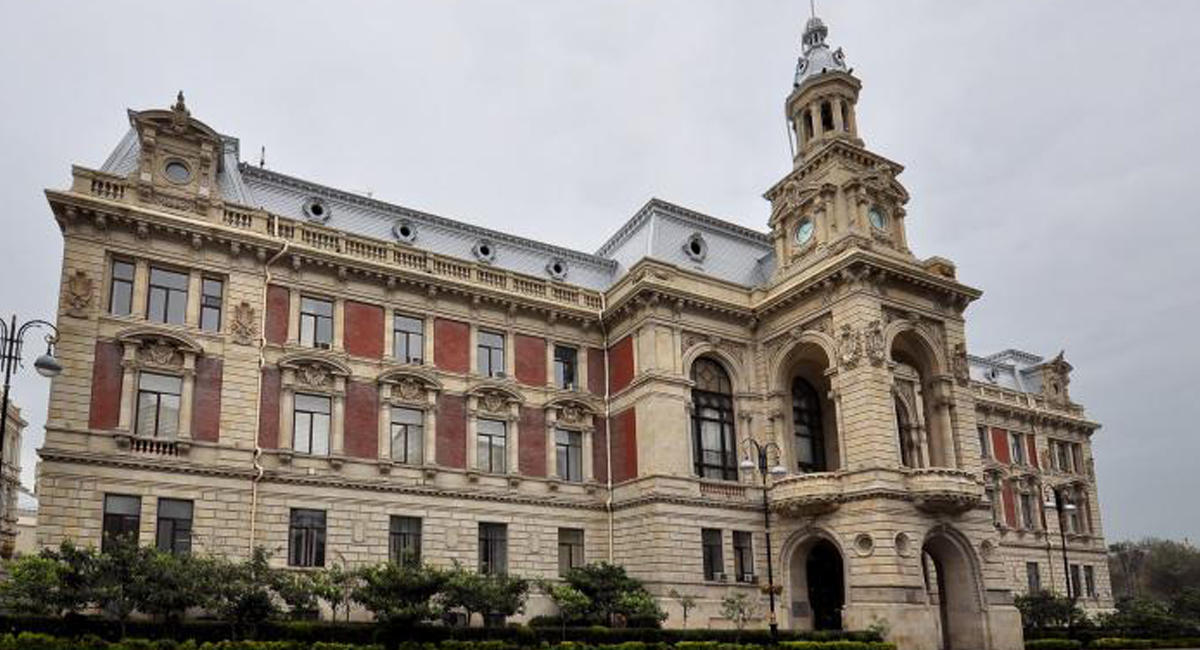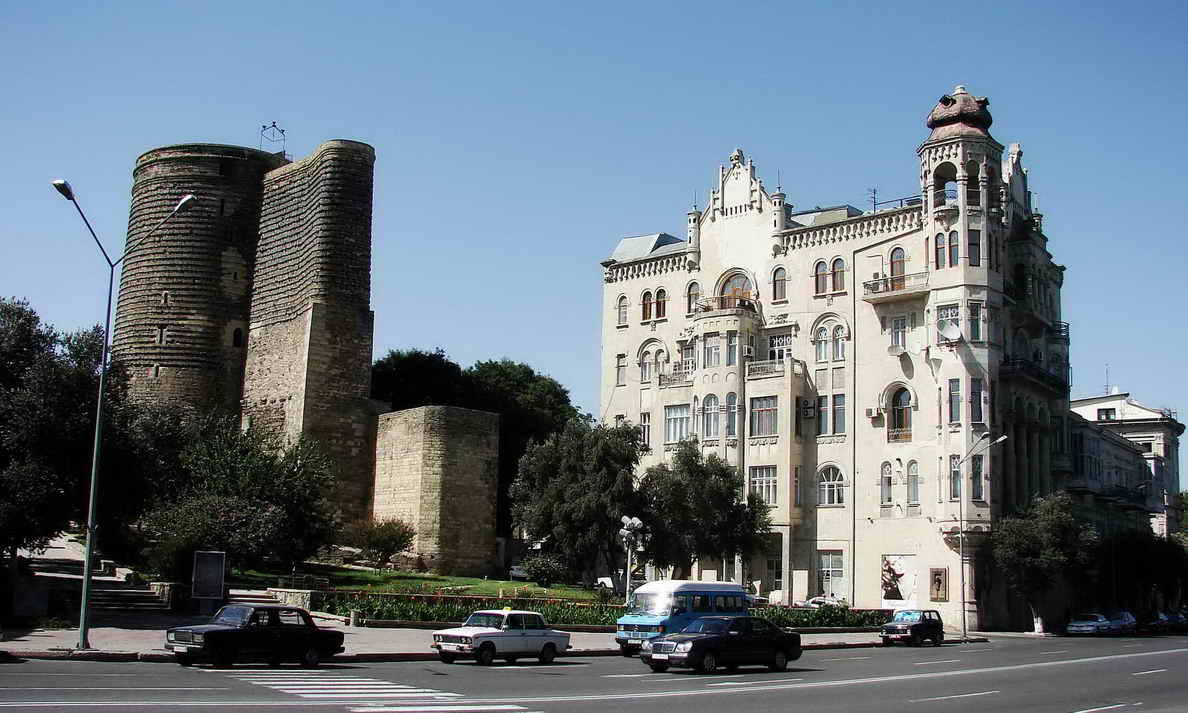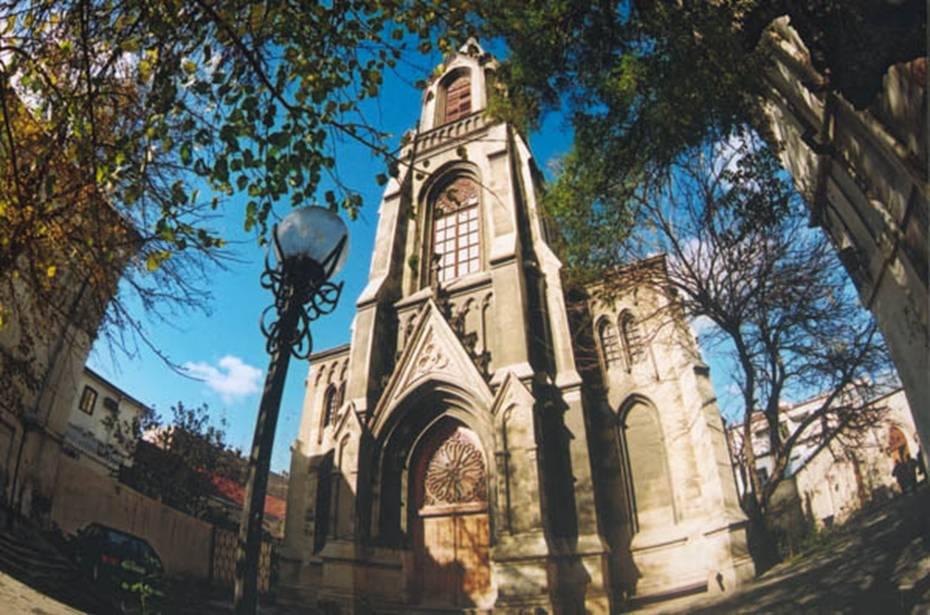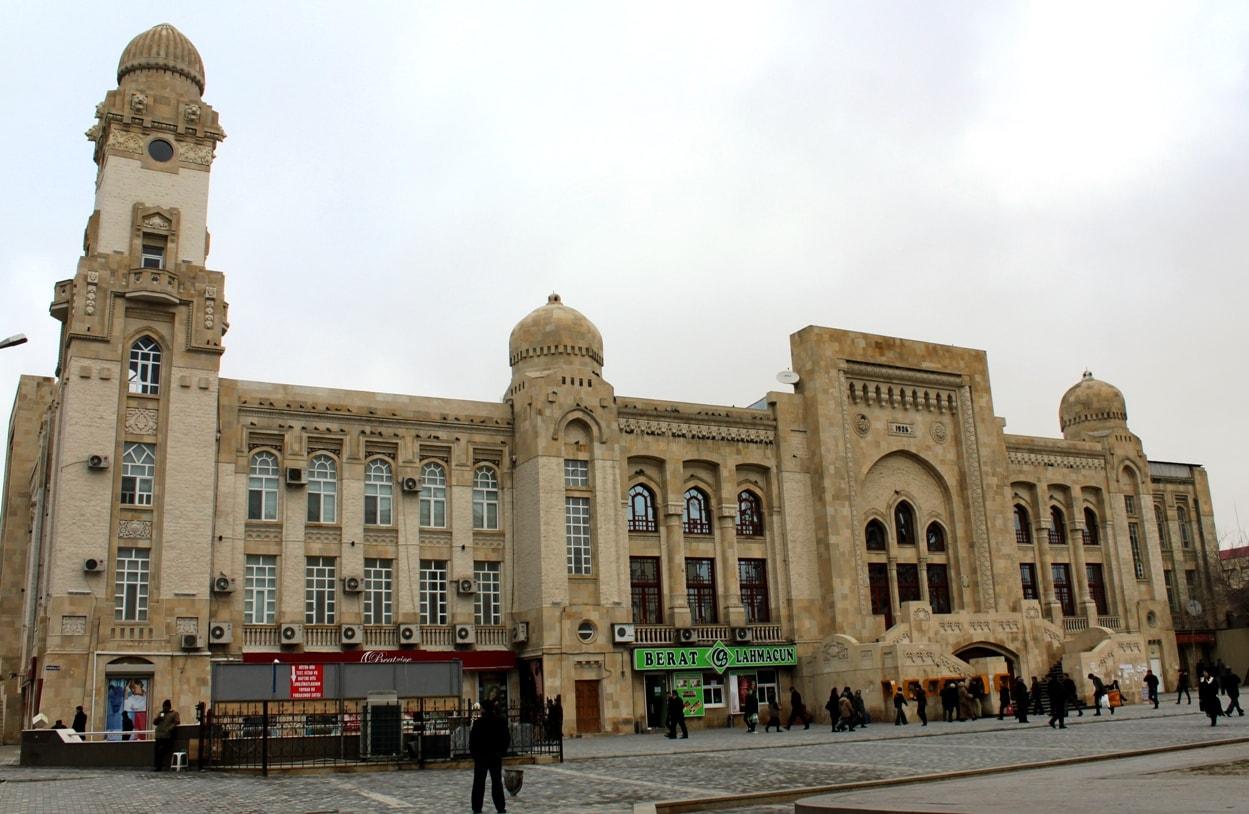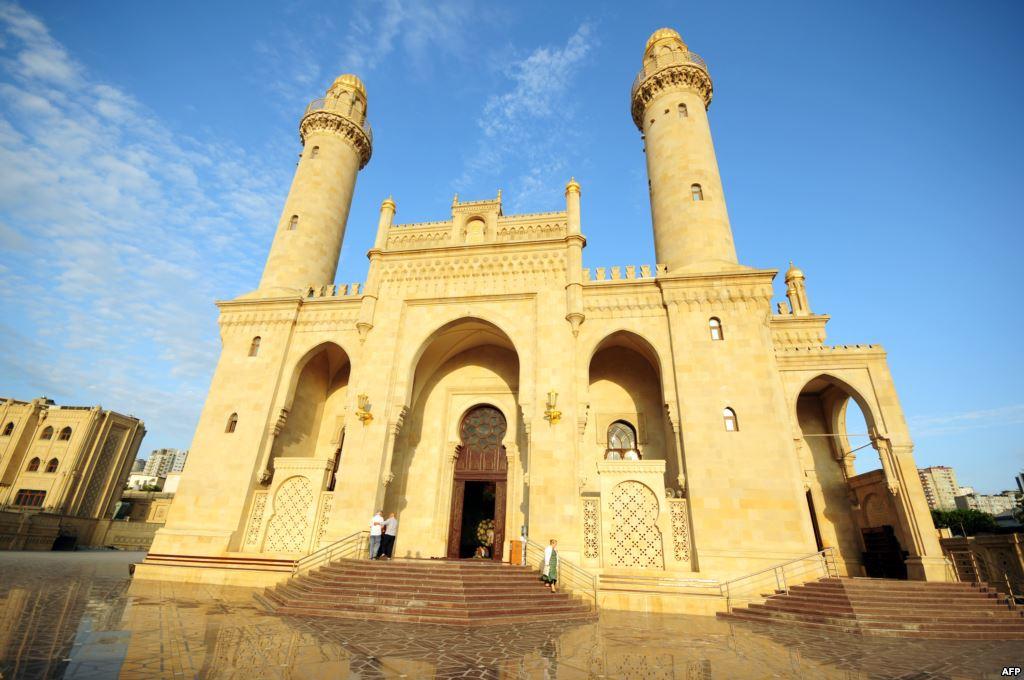Must-see architectural pearls in Baku [PHOTO]
![Must-see architectural pearls in Baku [PHOTO]](https://www.azernews.az/media/2017/06/01/arch1.jpg)
By Laman Ismayilova
Baku is one of the unique places where different cultures meet at the crossroad between the East and the West.
Ask any resident of Baku what city's most prominent feature is and the response will likely be architecture.
The city was laid out on a hillside on the shores of the Caspian Sea in the south-western part of the Absheron Peninsula in a bay well protected from Caspian storms.
Baku’s architecture varies enormously. Back in the early 20th century, Azerbaijan went through its first oil boom, and architects from all over Western Europe were attracted to the city to design buildings for the expanding city. There are many buildings built in Baku at the turn of the 20th century that spot Victorian and Western influence in their designs.
Today, Baku's glittering skyline, including the creations of world's leading architecture and construction firms, are seen as symbols of economic development and prosperity that attracts many to this city.
Let's look at the best examples of the design and architecture in Baku.
Ismailiyya Palace
The Ismailiyya Palace is a historical building that currently serves as the Presidium of the Azerbaijani National Academy of Sciences.
This beautiful gothic palace was constructed for the Muslim Charity Society by Józef Plośko at the order of millionaire Musa Naghiyev in commemoration of his deceased son Ismayil, and was named Ismailiyya after the construction.
Conferences of Muslim Charity Society members, meetings of Muslim women and Baku intelligentsia, and congresses of clergy were held in the building's white stone assembly hall.
Palace of Happiness or Wedding Palace
This enchanting building, the most beautiful architectural pearl of Azerbaijan, was founded by Azerbaijani oil tycoon Murtuza Mukhtarov. It has a very interesting and fascinating history, which could be an inspiration for poets and romantic writers.
The palace was built in 1911-1912 by the Polish architect I. K. Plosko, who designed many architectural buildings in Baku. The building was Mukhtarov`s present to his lovely wife Liza Khanum Taganova, who was astonished by the beauty of a similar building towered up in Venice in the French Gothic style. ``How happy the tenants of this building must be,`` she said looking at the construction in Italy.
When the palace was finished, Lisa was deeply impressed with such a royal gift. Each column, window, door, and element of the architectural composition was a true work of art.
In 1914, the Mukhtarovs' Palace became the residence of the first Female Moslem Philanthropic Society founded by Liza. Together with her husband, she offered many of these girls financial support so that they could continue their education in Moscow and St. Petersburg.
But it was not all plain sailing in their lives. A bloody revolution broke out in 1917 and many millionaires began to emigrate from the country.
Mukhtarov was urged to leave Azerbaijan, but he remained adamant; he was not afraid of anyone! He sent his family out of the city and stayed at home fearing nothing. One day the soldiers of the Red Army entered his courtyard in order to arrest Mukhtarov. Hearing the noises, the millionaire went to the balcony and saw the intruders. Indignant at such impudence, he asked them how they dared enter a courtyard of his luxurious house riding a horse. His answer was abusive language, and without losing self-control, Murtuza pulled a revolver out and shot the invaders, leaving the last bullet for himself.
Azerbaijan’s State Philharmonic Hall
Azerbaijan’s State Philharmonic Hall is the unique popularization center of classical musicians.
The Hall was constructed in 1910–1912 at the request of the city elite and designed in the Italian Renaissance (exterior) and German Rococo (interior) styles. Its design was inspired by the architectural style of buildings within the Monte-Carlo Casino, particularly l'Opera de Monte-Carlo. The society (known as the Summer Centre for Public Gatherings prior to 1936) was originally organized as a club for the wealthy of Baku, who attended it for banquets and entertainment.
In 1936, the club was reorganized into a residence for the Philharmonic society aimed at promoting Azerbaijani classical and folk music.
Azerbaijan’s State Symphonic Orchestra, Azerbaijan State Choral Chapel, Azerbaijan State Camera Orchestra named after G.Garayev, Azerbaijan State Piano Trio, Azerbaijan State String Quartet, The honored Collective named after F.Amirov, Azerbaijan State Song and Dance ensemble and Azerbaijan State Orchestra of Folk Musical Instruments perform at the this Hall.
Azerbaijan State Academic Opera and Ballet Theater
The Azerbaijan State Academic Opera and Ballet Theater offers the leading performance arts venue in Baku, Azerbaijan.
Constructed in 1911, the theatre became state-owned in 1920.
The theatre was built at the request of magnate Daniel Mailov and funded by magnate Zeynalabdin Taghiyev. In 1910, famous Russian soprano Antonina Nezhdanova visited Baku giving several concerts at various clubs and performance venues.
In 1925, the Azerbaijani Opera Troupe, the Russian Opera Troupe and the Drama Troupe united to become the official resident organization, and in 1927 the theatre was named after writer Mirza Fatali Akhundov. In 1959, it received the status of an academic theatre.
In 1985, the newly renovated theatre mysteriously burned down. In 1987, the theatre undergone extensive renovations and today is home to the leading opera and ballet productions in Azerbaijan.
The Mayoralty of Baku
This is a beautiful, majestic building was built in 1904 by Polish architect Józef Gosławski.
The Mayoralty of Baku was originally built as three-floor Baku City Duma and was influenced by layout of Hôtel de Ville. It has a spacious vestibule, wide corridors, marble principal staircase and sophisticated interiors. The second floor houses the state rooms and session hall.
The red decorative bricks and colored marble for the construction were brought from Italy. The central part of the facade bears the seal of Baku, which incorporates three golden torches. The building was Gosławski's last work, he died in the year the building was finished.
The House of Isa Bey Hajinsky
Isa Bey Hajinsky was born in Baku in 1860. He had inherited several properties and large plots of land from his father. Just after the discovery of oil deposits in these areas, he creates a private oil company in 1903.
He had properties in different places in the city, for example, in Bul-Bul avenue and Fizuli Street. The greatest one among them is a property known as the "Hajinskis house" next to Maiden Tower. Isa bay Hajinsky spent a lot of money for building Baku Boulevard, therefore he decided to build his property at the seashore.
The building was built in 1912, a number of styles has been used for this purposes; Gothic, Baroque, Art Nouveau and so on.
Baku Railway Station
The Rail Station in Baku was significantly different from other such buildings of the Transcaucasian railway not only for architectural design of facades and interiors, but also by the nature and scale of the building.
The building of the Baku Railway Station was constructed in the style of Mauritania in 1884. Architect Chrysanth Vasiliev did a great job: the station was the original entrance to double-height front with stairs that led into the gallery with mosaic floors and moldings on walls and cornices.
In 1977, a new building of the railway station was constructed in the Baku Passenger Station.
Evangelical-Lutheran Church
The church was built by German architect named Eikhler, who based his design on the Gothic style. Construction was carried out between 1895 and 1898.
In 1910 a Walker pipe organ was installed and evening organ performances in the church became a tradition.
Today, the building is still known for its fine acoustics and continues to be used as a recital hall, primarily for chamber orchestra concerts and organ recitals.
Taza Pir Mosque
Taza Pir Mosque was constructed between 1905-1914 by architect Zivar bey Ahmadbeyov
The idea for the mosque as well as its financing was provided by philanthropist, Nabat Khanum Ashurbeyov (Ashurbeyli).
The Interior of the mosque has an area of 1400 square meters and decorated with ornaments of painting schools of Azerbaijan plus with samples from eastern ornaments. The height of the dome and half meters. The mihrab and dome of the mosque made of marble, while decorative elements of the mosque, the tops of minarets and labels are made of gold.
PHOTO: http://novosti.az/
---
Laman Ismayilova is AzerNews’ staff journalist, follow her on Twitter: @Lam_Ismayilova
Follow us on Twitter @AzerNewsAz
Here we are to serve you with news right now. It does not cost much, but worth your attention.
Choose to support open, independent, quality journalism and subscribe on a monthly basis.
By subscribing to our online newspaper, you can have full digital access to all news, analysis, and much more.
You can also follow AzerNEWS on Twitter @AzerNewsAz or Facebook @AzerNewsNewspaper
Thank you!

